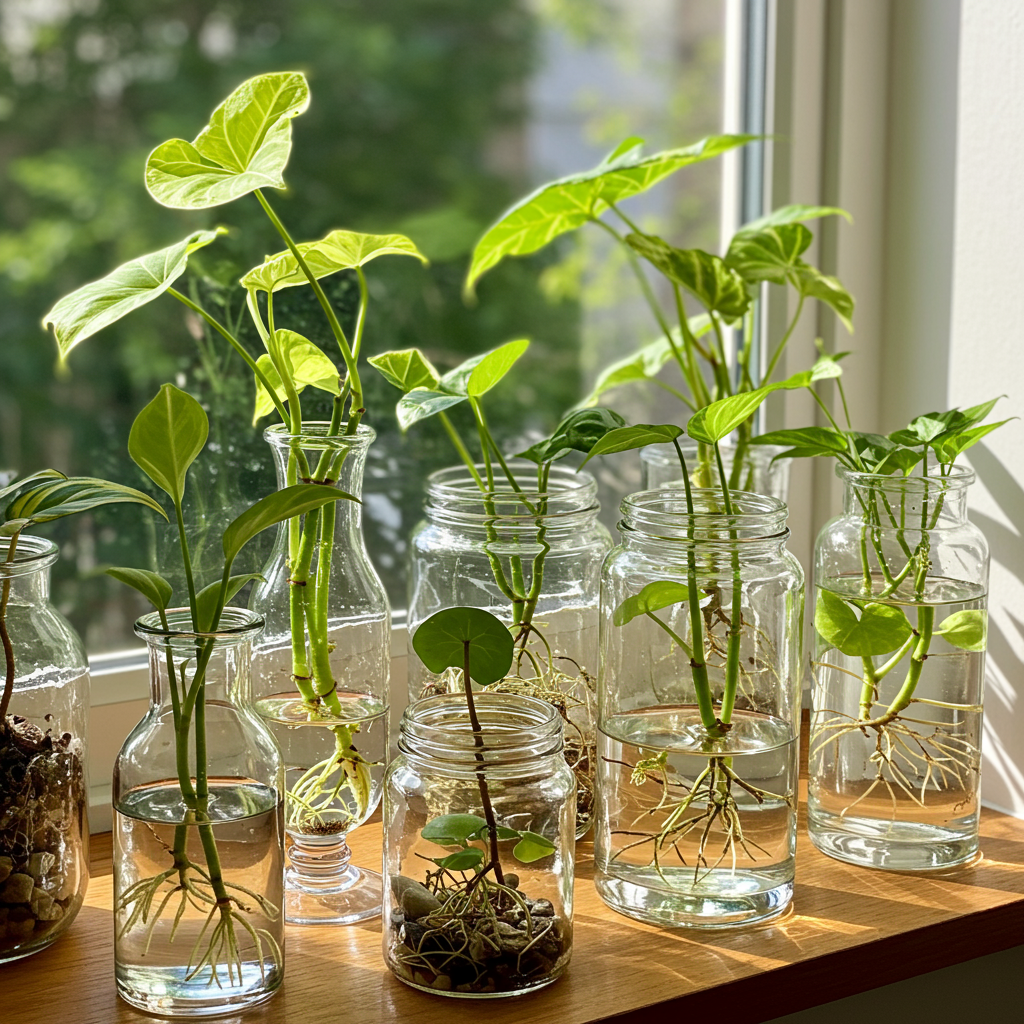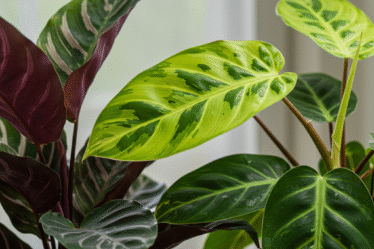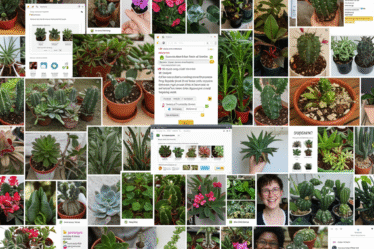
Unlocking the secrets of plant propagation empowers you to expand your indoor jungle without breaking the bank. It’s a rewarding process that connects you more deeply with the natural world, allowing you to nurture new life from existing greenery. This guide offers simple, effective methods for multiplying your favorite houseplants, turning one cherished specimen into many.
One of the most accessible methods is stem cuttings. Select a healthy stem, ideally 4-6 inches long, and using a sharp, clean knife or pruning shears, make a cut just below a node (the point where leaves or branches grow). Remove the lower leaves to prevent rot, then place the cutting in water or directly into a moist potting mix. For water propagation, change the water every few days to prevent bacterial growth. Within a few weeks, you should see roots begin to develop. Once the roots are established, your new plant is ready to be potted.
Another popular technique, particularly effective for succulents, is leaf propagation. Gently twist or cut a healthy leaf from the main plant, allowing the wound to callous over for a day or two. Then, place the leaf on top of moist potting mix, ensuring the base is slightly buried. Over time, tiny plantlets will emerge from the base of the leaf, eventually forming roots and growing into independent plants. This method requires patience, as it can take several weeks or even months for new growth to appear, but the reward of witnessing this miniature miracle is truly satisfying.
Division is an excellent method for propagating plants that grow in clumps, such as snake plants or spider plants. Carefully remove the plant from its pot and gently separate the root ball into smaller sections, ensuring each section has its own roots and leaves. Plant each division in its own pot with fresh potting mix, and water thoroughly. Division is a quicker method than cuttings or leaf propagation, as you’re essentially creating multiple established plants from a single parent.
Air layering is a more advanced technique, but it’s highly effective for propagating woody plants like rubber trees or fiddle leaf figs. This method involves making a small incision in a stem and wrapping it with moist sphagnum moss, then covering it with plastic wrap to create a humid environment. Roots will develop within the moss, and once established, the stem can be cut below the new roots and potted. Air layering allows you to propagate larger, more mature plants, resulting in a substantial new plant relatively quickly.
Regardless of the method you choose, providing the right environment is crucial for successful propagation. Ensure your new plants receive adequate light, but avoid direct sunlight, which can scorch delicate new growth. Maintain a consistent level of moisture, but avoid overwatering, which can lead to root rot. With a little patience and care, you can transform your favorite houseplants into a thriving indoor oasis, experiencing the joy of creating new life from the comfort of your home.



